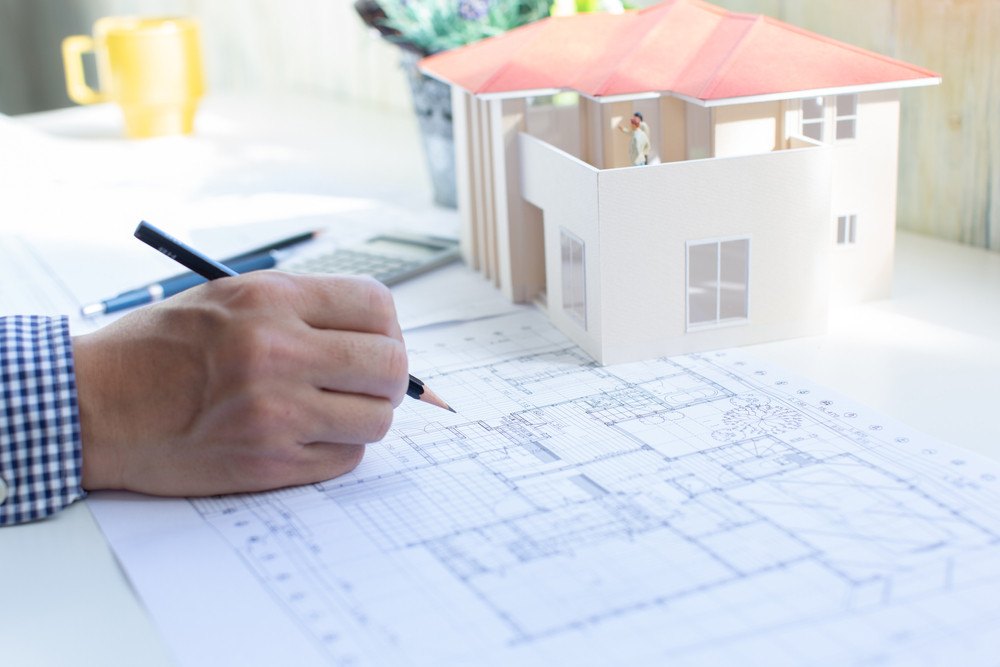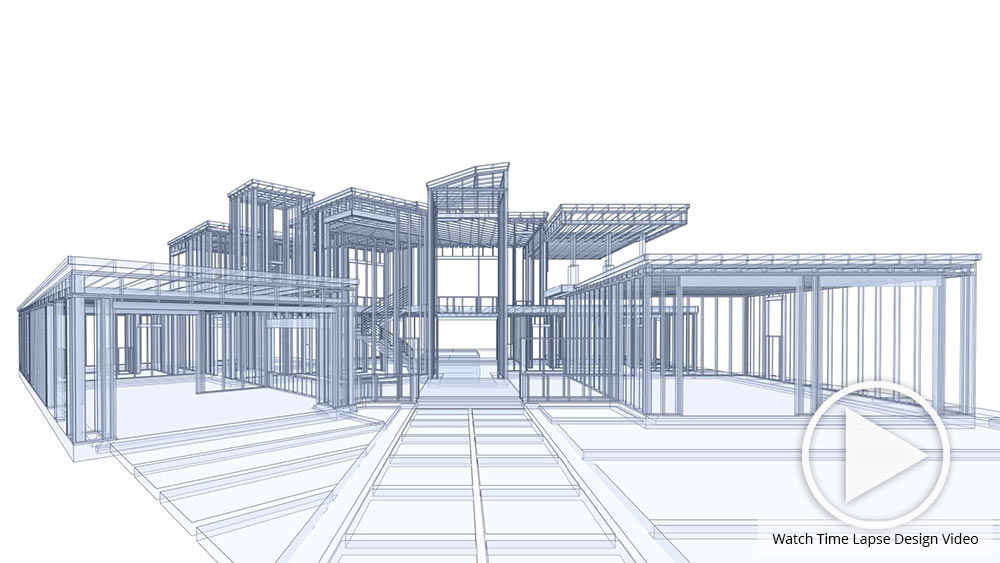Recognizing the Collaborative Process In Between Engineers and Designers in Modern Construction Projects
The joint process in between architects and designers is essential in modern-day building and construction jobs, as it balances style intent with engineering expediency. This collaboration not only influences the visual and functional elements of a job but also plays a crucial duty in resolving sustainability obstacles. By employing reliable communication techniques and leveraging advanced technologies, such as Structure Details Modeling (BIM), groups can work much more cohesively. The ins and outs of this cooperation commonly present distinct difficulties that can hinder progression. Checking out these characteristics exposes understandings that can considerably affect job results and general market criteria. cda architects.
The Relevance of Collaboration
The joint synergy in between architects and designers is crucial for the successful awareness of any type of building and construction task. This collaboration unites unique proficiency and viewpoints, enabling the integration of cutting-edge design with sensible engineering solutions. By functioning with each other, designers and designers can ensure that a job not just meets aesthetic and useful requirements yet likewise sticks to security, sustainability, and monetary restraints.
Collaboration fosters a common vision, assisting in the placement of objectives and assumptions from the start. This positioning is essential in dealing with possible difficulties and mitigating risks that can develop during the task lifecycle. Additionally, a collective strategy permits the effective allocation of resources, enhancing both time and cost.
The value of partnership expands to the iterative procedure of style and building and construction, where comments from engineers can inform architectural decisions, leading to even more feasible and sustainable layouts. Conversely, architects can motivate engineers to think creatively regarding just how to achieve architectural honesty without endangering artistic intent. Eventually, the collaborative connection in between architects and designers is not merely valuable; it is essential to the development of high-quality, practical, and innovative developed environments that fulfill the needs of culture.
Communication Methods and Devices
Effective interaction strategies and devices are important for cultivating collaboration between engineers and designers throughout the job lifecycle. Establishing clear channels of communication is necessary to make certain that all staff member are lined up with project purposes, timelines, and responsibilities. Routine meetings, both in-person and virtual, provide opportunities for stakeholders to discuss development, address issues, and make educated choices.

In addition, adopting collaborative interaction devices, such as Slack or Microsoft Teams, enables instantaneous messaging, file sharing, and continuous discussions, advertising an extra agile action to arising concerns. Paper management systems also play a vital function in organizing job documents, ensuring that all staff member have access to the most recent info.
Shared Objectives and Project Vision
An unified project vision functions as the structure for successful collaboration in between designers and designers (cda architects). This common vision not only straightens the efforts of both celebrations however also establishes a typical structure for decision-making throughout the task's lifecycle. By expressing clear goals, stakeholders can efficiently browse the intricacies of modern building and construction tasks, ensuring that both aesthetic and useful requirements are satisfied
Establishing you could try these out shared goals involves open dialogue and an extensive understanding of each technique's payments. Engineers commonly focus on layout intent, spatial connections, and user experience, while engineers stress structural stability, systems functionality, and compliance with regulations. When these viewpoints are aligned, the outcome is a natural project that complies with both innovative desires and technological feasibility.
Furthermore, a distinct job vision cultivates liability among team participants, urging each participant to take possession of their role in attaining the preferred end result. Routine check-ins and collaborative workshops can even more reinforce this dedication, permitting for adjustments to be made as the project develops. Eventually, a common vision not just improves synergy yet likewise elevates the high quality of the last deliverable, bring about effective job conclusion.
The Role of Technology
Leveraging technology has actually become essential in boosting partnership between engineers and designers. The combination of sophisticated software tools helps with real-time interaction and information sharing, allowing groups to work much more effectively and properly. Building Information Modeling (BIM) sticks out as a crucial technology, allowing both designers and designers to develop comprehensive 3D designs that encapsulate design intent and architectural honesty. This common visual representation minimizes misunderstandings and enhances the decision-making procedure.
Moreover, cloud-based systems enable seamless partnership, permitting project stakeholders to access and update task information from anywhere. This promotes a culture of transparency and liability, as adjustments can be tracked and examined in real-time. Additionally, mobile applications further boost communication, providing on-site groups with instant accessibility to job specifications and updates.
Arising innovations such as synthetic knowledge and artificial intelligence are also starting to contribute in anticipating analysis, helping groups identify prospective issues prior to they occur. Ultimately, the function of technology in architecture-engineering cooperation not only boosts workflow performances however additionally improves technology, causing even more successful project outcomes. By accepting these technological improvements, designers and designers can ensure a much more natural and productive collective procedure throughout the construction lifecycle.
Study in Effective Collaborations
Various situation studies illustrate the profound impact of effective partnerships in between designers and engineers on job outcomes. One remarkable example is the partnership on the High Line in New York City, where landscape designers, designers, and city organizers interacted to change a deserted railway right into a vibrant public park. This multidisciplinary method not just boosted the visual quality but likewise made sure architectural safety and environmental sustainability.

The Burj Khalifa in Dubai further shows the relevance of collective initiatives - cda architects. The look at this web-site assimilation of look at this site design and engineering knowledge enabled the task group to achieve unprecedented elevations while adhering to safety guidelines and aesthetic vision
These instances highlight the significance of interaction, depend on, and shared purposes. In today's complicated construction setting, such partnerships are vital to browsing difficulties and supplying jobs that meet both practical and visionary goals.
Verdict
To conclude, the cooperation between engineers and engineers is crucial for the success of modern-day building projects. Efficient interaction methods, a common project vision, and the assimilation of advanced modern technologies are crucial parts that facilitate this partnership. By cultivating a culture of responsibility and leveraging devices such as Building Information Modeling (BIM), groups can navigate job intricacies, ensuring that aesthetic, useful, and sustainability objectives are accomplished. Inevitably, this synergy results in cutting-edge and effective project results.